Kailash Chandra Dash
Mahatma Gandhi visited Odisha seven times. In this four-part series, Kailash Chandra Dash gives an account of Gandhiji’s remarkable visits.
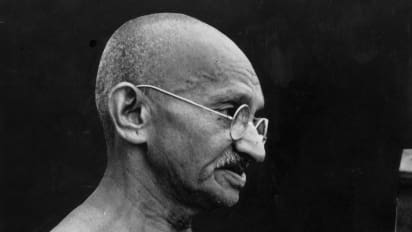
In the 1930s there was an intense flow of Gandhian ideas in Odisha through literature and news media. At the same time, there was also an opposing wave against Gandhian activities which was found in the newsweekly like Deshkatha and SatyaSamachar.
Satya Samachar
Satya Samachar was a weekly Odia newspaper that was edited by BrajaSundar Das, BiswanathKar, Gopal Chandra Praharaj, and Dewan Bahadur Srikrishna Mahapatra. In Satya Samachar, there was severe criticism of Gandhian principles and Congress activities. This tone of anti-Gandhian views appeared in Satya Samachar from 1930-34.
Even a famous Gandhian leader Gobinda Mishra in his autobiography Jatiya Jibanara Atma Bikasa stated the blind imitation of Gandhian principles in Odisha. According to Mishra Gandhian principles were necessary for inspiring the human beings to follow a perfect line of action as well as necessary for sharpening the brains. But in Odisha, this great force led the people to be blind followers of Mahatma Gandhi without making them active in real work.
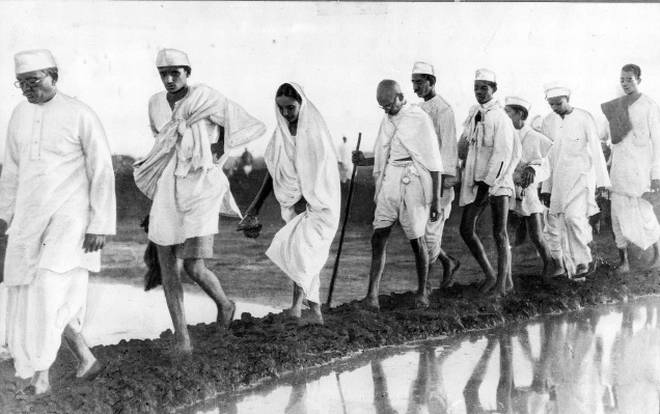
Blind Followers
Even Gobinda Mishra remarked that the ways of living of GopabandhuChoudhury would only make him a false incarnation of Mahatma Gandhi in Odisha. Similarly, Gobinda Mishra was also criticized for misusing funds collected in the name of Mahatma Gandhi throughout India. In Deshkatha his Gandhi Sevasrama in Champapur came under severe criticism.
There was a great awakening in Odisha during the nationalist struggle and Gandhian activities were widespread. During the Salt Satyagraha Movement launched by Mahatma Gandhi from 12th march, 1930 Motibas Das from Balasore who was in the Sabarmati Ashram participated in the historic Dandi March. In 1931 Utkala Mahavidyalaya was inaugurated in Balasore which was the brainchild of Harekrushna Mahatab. It was mainly based on Gandhian ideas which were followed in Gujurat Vidyapitha.
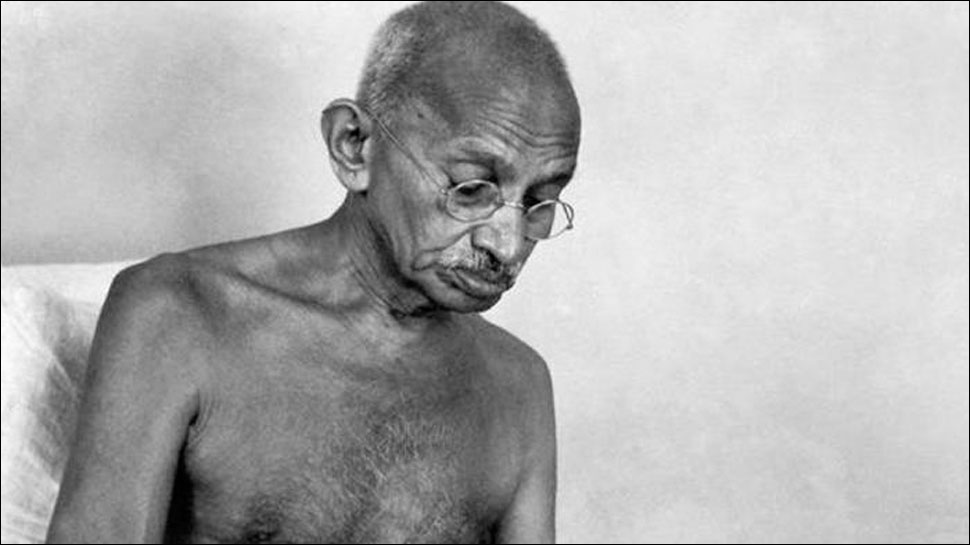
Gujurat Vidyapitha
The purpose of this institution was to foster Gandhian ideas among the students. Gopabandhu Choudhury was the Chancellor, and Priyanath Sarkar was the Vice-Chancellor and Principal. Acharya Karunakar Panigrahi and Harekrushna Mahatab taught the students on different subjects with Gandhian vision.
In 1933 Suddha Sahitya Prachar Samity was established in Odisha by Gopabandhu Choudhury, Acharya Harihar Das and Harekrushna Mahatab which published the autobiography of Mahatma Gandhi, Ashram Rachanavali(Essays) and books on Brahmacharya. Such an institution was originally established by Jamunalala Bajaj to foster Gandhian ideas through the circulation of his books at cheap rates.
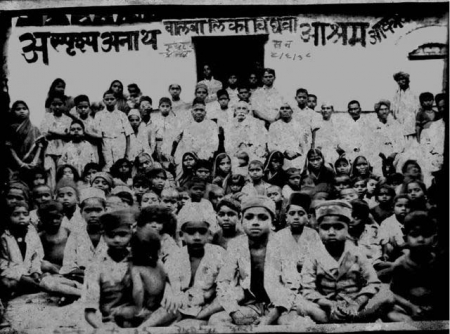
Harijan Movement
Gopabandhu Choudhury had also a major role in fostering Gandhian ideas in Odisha as his Sevaghara in Bairi was designed to spread the Harijan movement and charkha works in rural areas. Harekrushna Mahatab had also set up a school called Asprushya Vidyalaya(School for the Untouchables) in his area Agarpada. In the 1930s there was a remarkable literary resurgence in Odisha containing Gandhian ideas and theories. Kuntala Kumari Sabat had published a booklet entitled Ahwan on March 11, 1930, which spread Gandhian messages among the people of Odisha and it was proscribed by the colonial government.
In 1932 January 1stSwarajya Taranga was published by Kasinath Barik from Prajatantra Press which presented Mahatma Gandhi and his principles to the Odia people. In 1937 was published Gandhi Budhā(Old Man Gandhi) from Gopinath Press of Bhadrak by Nityananda Mohapatra which was designed to spread the messages of Mahatma Gandhi throughout Odisha.
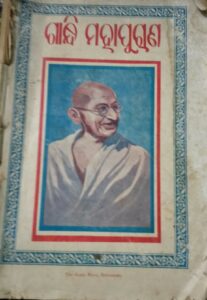
Gandhi Samhita
In 1938 Achyutananda Purohit had published Srimad Bhagavata containing Gandhian messages. After the independence of the country, there was also great literary movement in Odisha for the spread of Gandhian messages. Pandit Nilakantha Rath published Gandhi Gita in Odia for the spread of Gandhian messages of Satyagraha. He had also published Gandhi Samhita in 1958. Thus Mahatma Gandhi became a central aspect of Odisha social studies both in the colonial and post-colonial phase. Activists, reformers and literary people were deeply engaged in writing on Mahatma Gandhi for the spread of his messages in colonial and post-colonial Odisha.
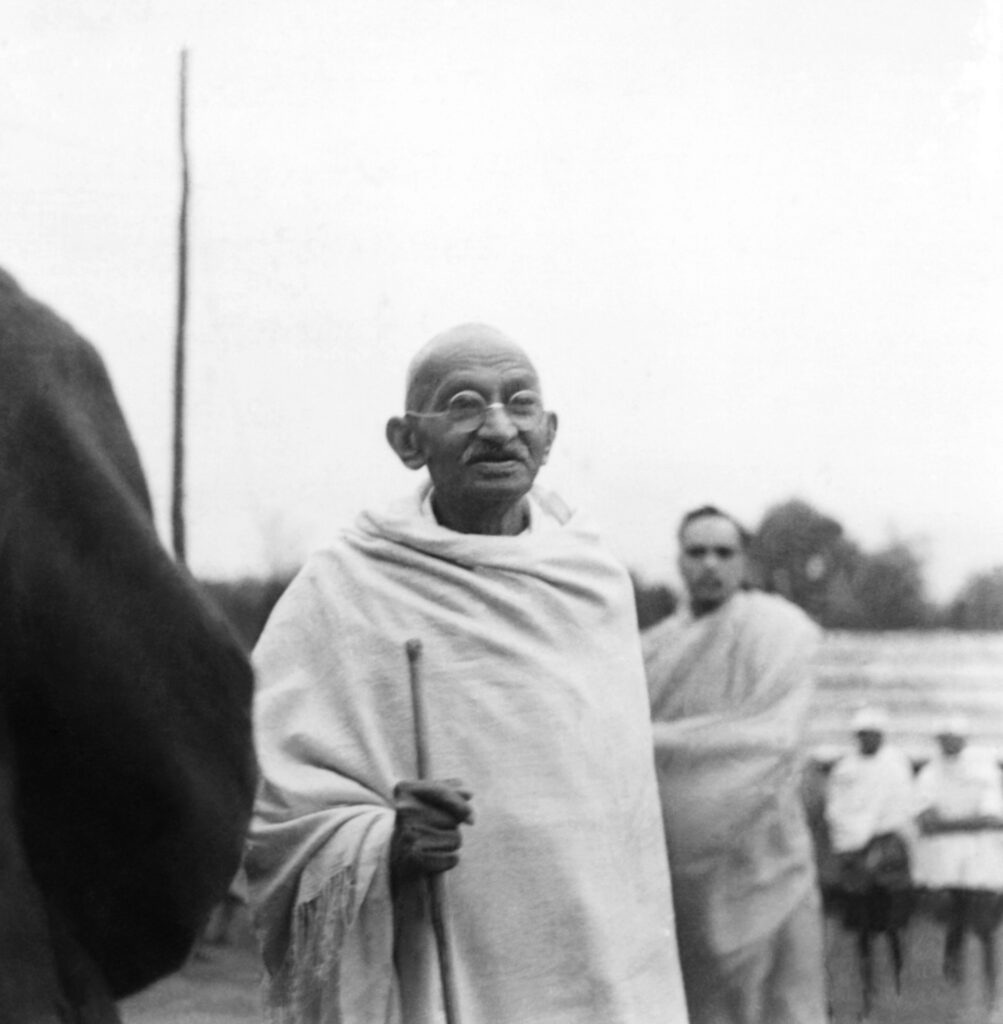
Gandhian Satyagraha
The visits of Mahatma Gandhi led to a great resurgence in colonial Odisha which became an essential spot for the experiment of Gandhian Satyagraha. Great leaders and activists like Gopabandhu Das, Acharya Harihara Das, Gobinda Mishra, Gopabandhu Choudhury, Bhagirathi Mohapatra, Pranakrushna Padhihary, Harekrushna Mahatab, Sarala Debi, Rama Debi, Krupasindhu Hota, Srivatsa Panda, Jayamangala Rath, Niranjana Pattnaik and many others had an imperishable contribution in the circulation of Gandhian messages of Non-violent Satyagraha in Odisha.
Last but not the least, there is still the village Panimora in Bargarh which in the 1940s became entirely a Gandhian village as all people in this village accepted Gandhian constructive works like spinning and weaving which is unique in India.
(Concluded)
(The writer is a scholar and historian)





























